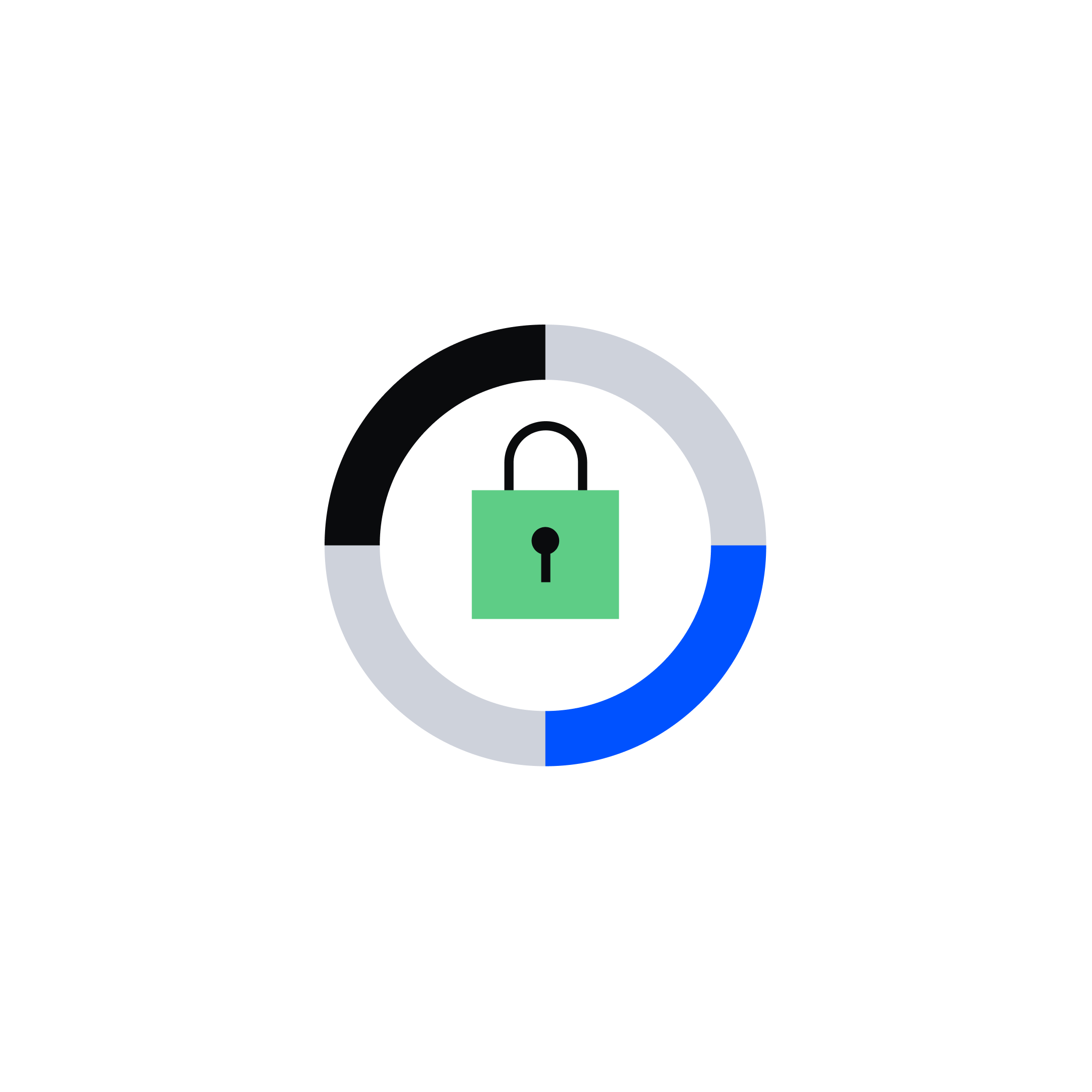Security
Security Tips
Best practices to protect your account
Our top priority is, and always will be, protecting you and your digital assets. Here are some simple ways you can add more protection to your account.

Security Tips
Learn some of the best practices to protect your account
Always use strong and unique passwords
A strong password is complex and unique. Avoid passwords that would be easy to guess and never reuse passwords across multiple accounts.
Upgrade your two-factor authentification
Seek to use the strongest form of 2FA available to you. Hardware security keys are the most secure, followed by authenticator apps. SMS is the least secure type of 2FA, but it’s better than nothing.
Keep your software and apps updated
All your sofware and apps are constantly updated and improving. Make sure you are using their last version. This is a great way to protect you and your devices.
Protect your seed phrase
A seed phrase is a string of 12 to 24 words that is literally the key to a non-custodial crypto wallet. Anyone with access to your seed phrase has access to the crypto in that wallet. Be sure to protect your seed phrase.
Be mindful about what you make public
Avoid posting personal information online. The more information you put out there, the more data for an attacker to target you. Don’t make yourself an easier target.
Lock your account if you think something is wrong
If you think your account has been compromised, you can lock it down and contact Coinbase Support for assistance.
Remember to keep access limited
Be careful about granting access to your devices and accounts. You should only grant access to trusted users when absolutely necessary, and never give out login credentials or remote access to unknown parties.
Double check your trusted devices
Don’t share your credentials with unknown parties
Never grant remote access to your accounts
Don’t give out your private keys
Watch Security 101 with our Security Experts
Learn how to keep your account secure from Trust and Safety experts at Coinbase. Get info on best practices when it comes to password management and the different types of 2FA.
